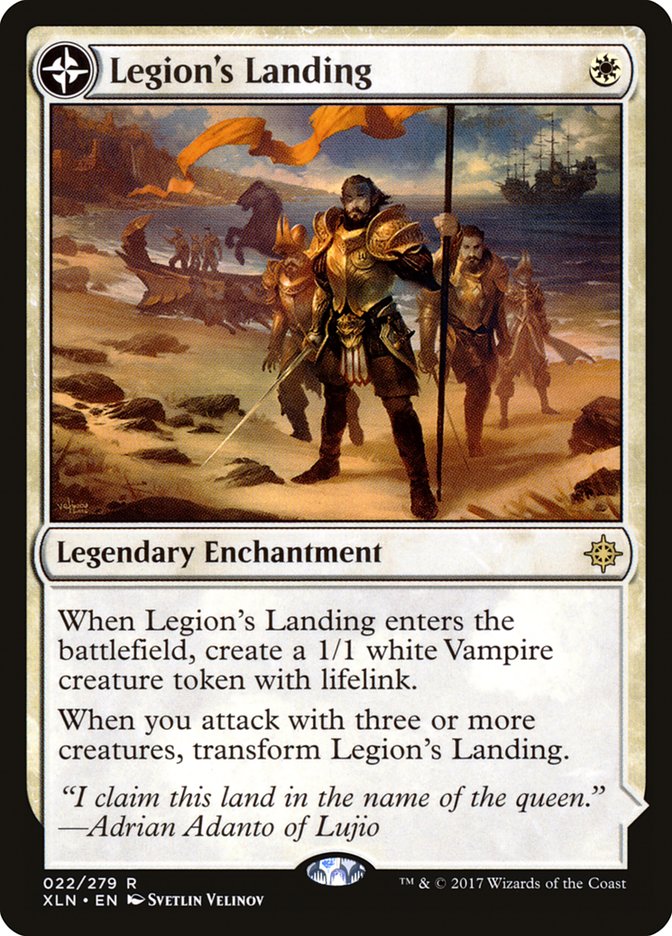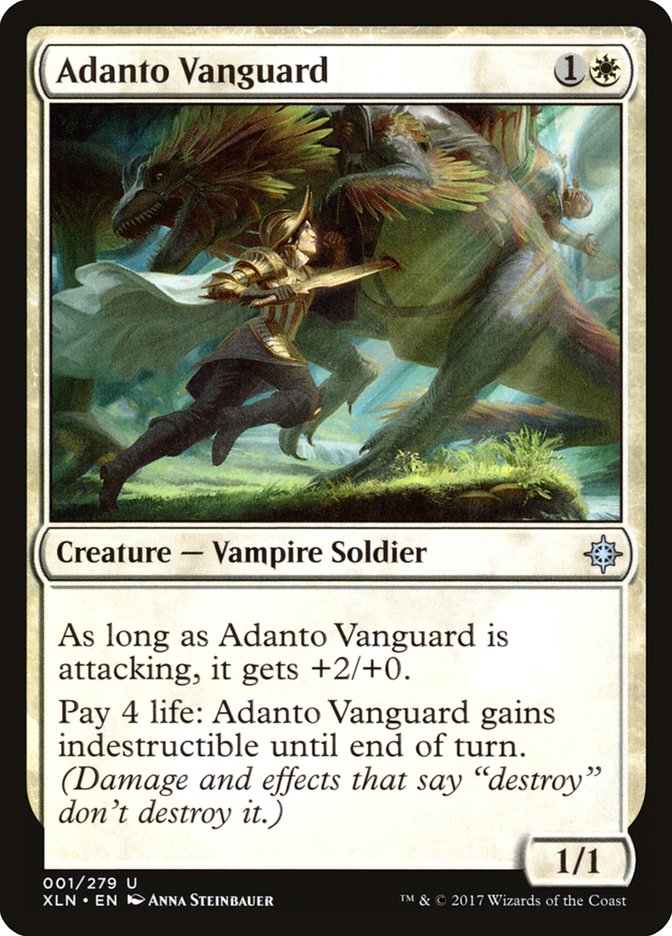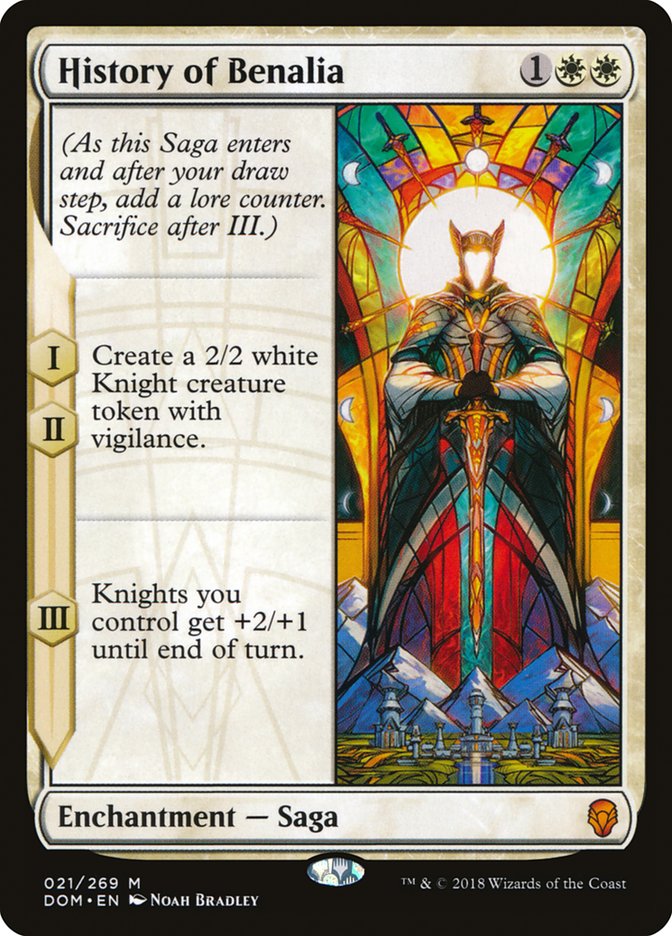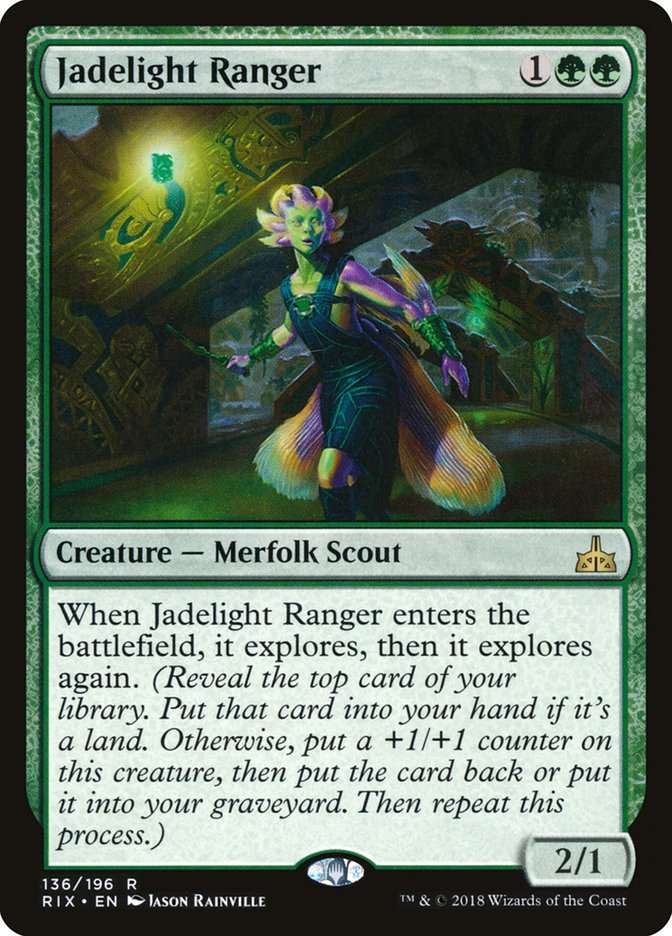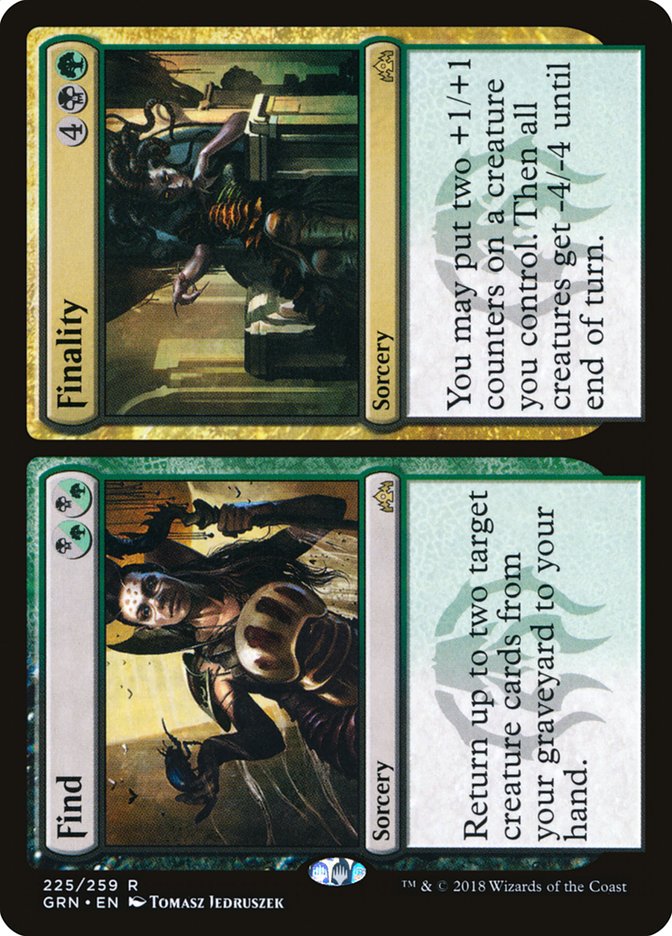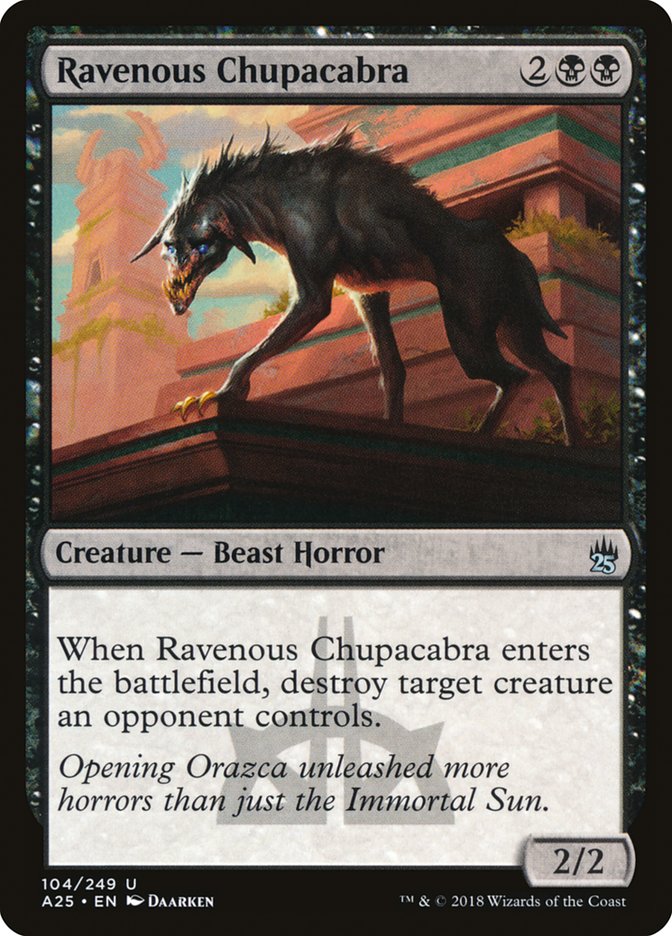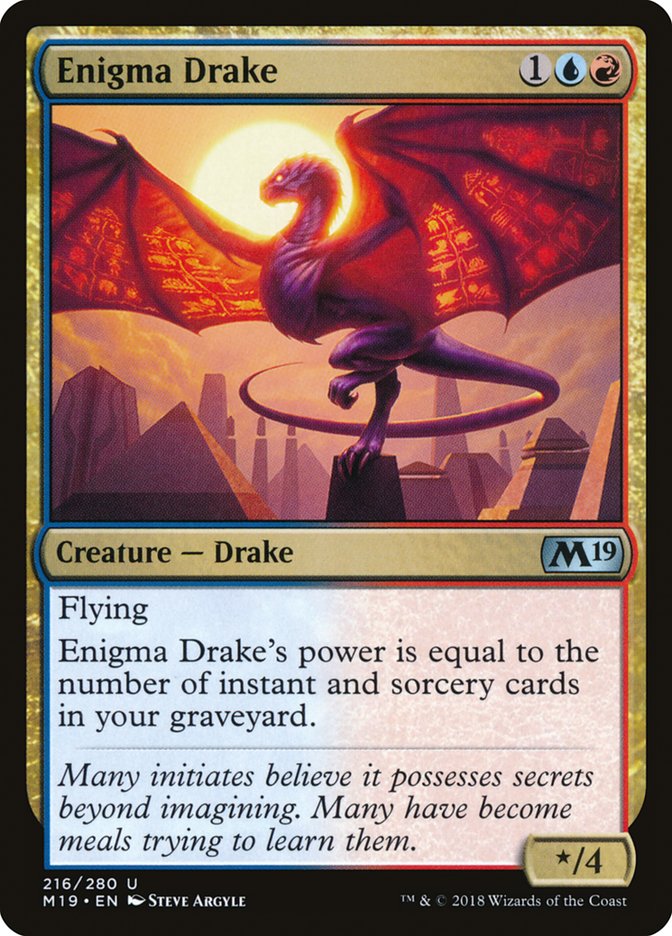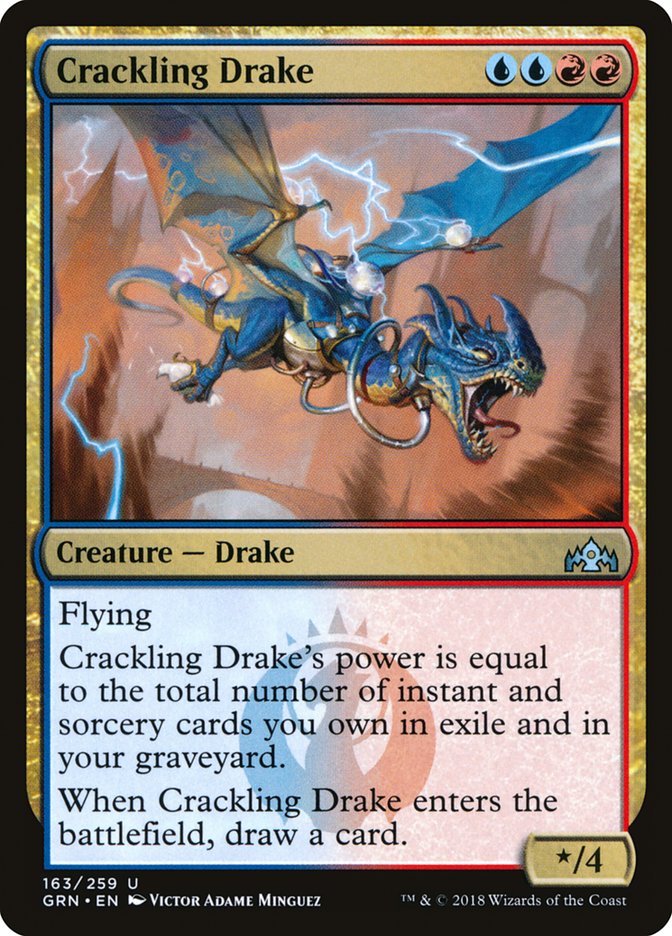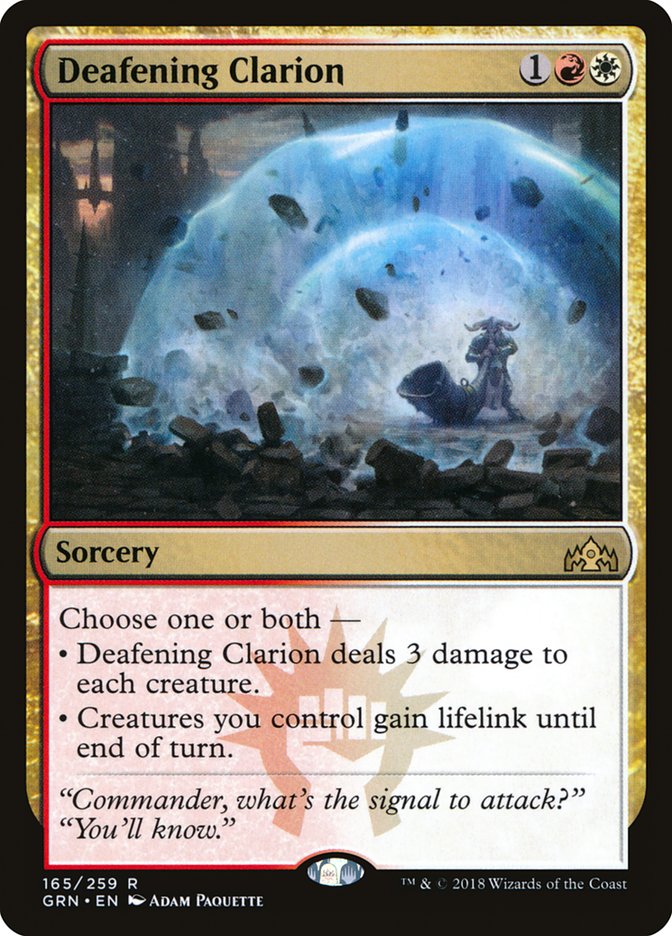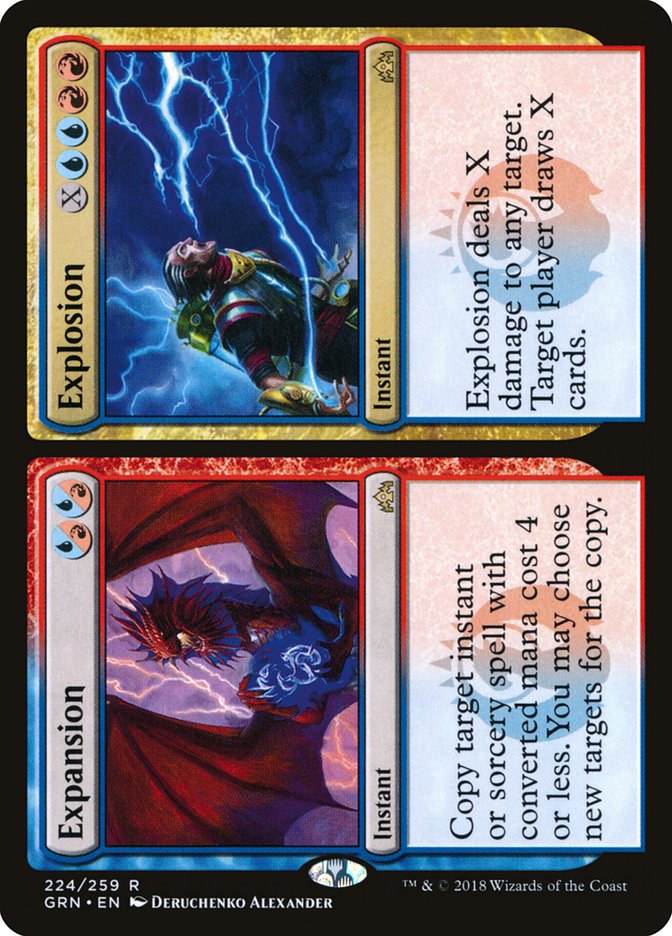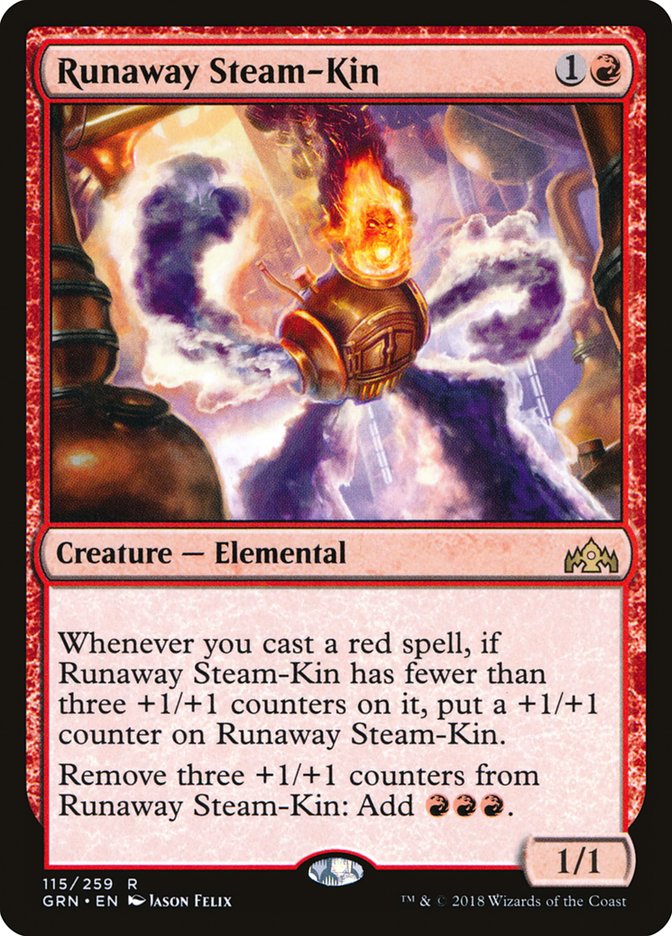[Welcome to another edition of Fact or Fiction! Today, Ari Lax, Jadine Klomparens, and Sam Black are here to render their verdicts on five statements about Pro Tour Guilds of Ravnica. Don’t forget to vote for the winner at the end!]
1. After putting six copies into the Top 8 of Pro Tour Guilds of Ravnica, Boros Aggro is now Standard’s deck to beat.
Ari Lax: Fiction.
As Team CFB we won 81% of our limited and 44% of our constructed matches. Lul.
— Luis Scott-Vargas (@lsv) November 11, 2018
Look at that “deck to beat” win rate. You’ll have to beat Boros Aggro in future events, but it’s not the deck to beat the way Rakdos Aggro or Temur Energy was last year.
Speaking as someone who played Boros Aggro at Grand Prix New Jersey, the deck has a number of flaws. While the Venerated Loxodon lists are definitely better than what I played, it’s a deck that, outside of History of Benalia, is card-for-card weak. It has little ability to mitigate mana flood, has mulligan issues for the same reason, and often fumbles against opposing good draws.
Boros is just fast and better against sweepers than normal white aggro decks, and that’s all.
Jadine Klomparens: Fiction. Anytime an event has a Top 8 featuring six copies of the same archetype, there’s reasonable cause for concern that that deck is the best in the format. Boros Aggro variants managed this impressive feat at Pro Tour Guilds of Ravnica, but I’m not worried.
Truth is, no deck really broke out of the pack last weekend. Five different decks saw significant play at Pro Tour Guilds of Ravnica: Boros Aggro, Mono-Red Aggro, Golgari Midrange, Jeskai Control, and Izzet Drakes. All five of these decks had Day 2 conversion rates plus or minus five percent of average. All five of these decks had exactly four pilots manage 24 points or better during the Constructed portion of the Pro Tour. All five were good choices, none much better or worse than the others.
I know this sounds strange with memories of Kaladesh Standard so fresh in our minds, but here’s the truth: this Standard has no best deck. Boros Aggro is absolutely a deck to beat going forward, but it’s one of many. This Standard format is shaping up to be one with a sea of good decks to choose from, but no great ones. Success will be determined by anticipating shifts in the metagame from week to week, not by mastering the format’s best deck.
Sam Black: Fact, depending on how you interpret “deck to beat.” Beating Boros Aggro should become a benchmark of the format in the short term, but it’s not robust enough to stay on top throughout the duration of the format.
It’s undeniable that a deck taking six of the Top 8 of a Pro Tour will command attention, but the tools exist to beat it. The format is extremely tricky, and I think it’s going to change from week to week.
Small Boros Aggro like the decks we saw in this Top 8 have a really hard time with Boros or Selesnya Midrange with blockers, Angels, and sweepers, but those decks have a really hard time with Jeskai Control, which isn’t great against the small Boros decks.
There are a lot of alternatives though. Mono-Red Aggro is fantastic against the white-based Aggro decks, as is black-based control, and Golgari Midrange with four Wildgrowth Walkers and Doom Whisperer at the top, but Doom Whisperer is horrible against opposing Golgari decks.
Boros is too easily beaten to survive the amount of attention it’s due, but too powerful not to get attention. People already slept on it more than they should have after the MOCS where it broke out before the PT, but they can’t do that again.
2. With another underwhelming performance at Pro Tour Guilds of Ravnica, it’s time for Golgari Midrange to no longer be considered a top-tier deck in Standard.
Ari Lax: Fact. Golgari is just Jund in the bad way. It’s 45% against the field. You have plans to beat everything, but I don’t want to be on the Golgari side of any matchup except maybe the total garbage Angels decks.
One of the big issues is that all the medium bodies that carried games early on don’t work against Week 6 decks. Jadelight Ranger is not a big threat and the deck was devolving into Carnage Tyrant and trash. If you want to Golgari, work hard to find specific card choices that help you outmuscle the new metagame. It might be time to get crazy and ditch Vivien Reid for Underrealm Lich.
Jadine Klomparens: Egregious Fiction. Really?
Look, I get it. Golgari Midrange didn’t have the best weekend. It failed to place any copies into the Top 8 of the tournament and had a slightly below average Day 2 conversion rate despite boasting the largest metagame share on both Day 1 and Day 2 of the tournament.
That’s not good, but let me reiterate: it had the largest metagame share on both days of the Pro Tour. You know what happens when 22% of a Pro Tour field somehow gets tricked into registering a deck that doesn’t belong in the top tier of Standard? That 22% gets preyed upon by the rest of the field and shrinks to 10% on Day 2, and the next week of Magic content is dominated by pros explaining how they made such a colossal error. We might get some of those articles regardless, but the fact that Golgari Midrange fared more or less as well as any of the other popular choices tells me that the deck is absolutely still a top deck in the format.
There was a time when Golgari Midrange looked like it might be the undisputed best deck of the format, and even I can admit that those days are now safely behind us. Golgari Midrange is now even with the rest of the top choices of the format, but those who believe Golgari to be completely dead will watch their tournament lives die to Overgrown Tomb, as foretold in the flavor text of the Guilds of Ravnica printing:
“Cradle of the Golgari’s new kingdom. Grave of those who wronged its queen.”
Sam Black: Fiction. There are too many good cards for Golgari Midrange to be dismissed as a top-tier deck. The deck can be built to beat anything, and it can definitely be built to beat Boros Aggro.
Its failure at the Pro Tour was dramatic and shocking. Our team expected that it wouldn’t be played much because we thought it was poorly positioned. In reality, it was played more than any other deck, so we were right that it was poorly positioned, but wrong that that would stop people from playing it, I suppose.
However, a big part of the problem is that the tools the deck needs for the mirror aren’t the tools that are best in the format; as I mentioned earlier, Doom Whisperer is great against White Aggro and Mono-Red, but horrible in the mirror. If Golgari drops in popularity, it should be able to succeed again by putting less effort into the mirror match.
3. Though it didn’t win Pro Tour Guilds of Ravnica, Yuuya Watanabe demonstrated that Izzet Drakes is a tier one Standard deck moving forward.
Ari Lax: Fact. I had concerns about Izzet Drakes prior to Grand Prix New Jersey, but a big redesign gave the deck new life and I was excited again. Again I had concerns about Izzet Drakes after Grand Prix New Jersey, but yet again, the deck was redesigned following that event and found new life.
Yuuya’s list combines the best aspects of both early lists. The filtering power of Radical Idea and Tormenting Voice ensures you don’t end with a chain of lands like the Warlord’s Fury lists, but the extra Enigma Drakes make sure you don’t stall on producing threats like the early lists with Goblin Electromancer.
The one problem to be addressed is Boros Aggro. Even if it isn’t the deck to beat, it’s a deck to beat and Izzet Drakes can struggle with it. I don’t know what the fix is, but Drakes has a lot of tools to work with. My first suggestion might be Entrancing Melody to two-for-one handle their plays and stop Adanto Vanguard.
Jadine Klomparens: Fact. I thought about being pedantic and answering “Fiction,” as I don’t believe the decks in this Top 8 say much about the shape of the format, but I’ll stick to addressing the meat of the question: Izzet Drakes is a great deck.
I mentioned earlier that all five of the big decks in this tournament had Day 2 conversion rates plus or minus five percent of average. Izzet Drakes was one of the “plus” five percent decks. The difference isn’t hugely meaningful, but Izzet Drakes did slightly outperform most of the other decks at Pro Tour Guilds of Ravnica.
If you told me that in a month’s time one of the decks in this Standard was going to break away from the rest and be clearly better, my money would be on Izzet Drakes being the pack leader. The successful builds from the Pro Tour are just all so different from each other. Some lists have Engima Drakes, others don’t. Some have Murmuring Mystic, others don’t. Some have Maximize Velocity, others don’t. You get the idea.
Point is, I don’t think we’ve yet arrived on a stock build of this archetype, and to me that means there’s likely room yet for it to grow. Izzet Drakes has a plethora of options available to attack different metagames with, and that should ensure that the deck continues to be successful for the duration of this Standard format.
Sam Black: Fiction. This is a bold claim that I’m probably wrong about. The deck has enough results at this point that’s it’s clearly real, successful, and functional.
I don’t care. I think the deck is bad.
First off, it has a bad Boros Aggro matchup. I’ll be the first to admit that how bad that matchup is is overstated, but the deck isn’t great at dealing with Adanto Vanguard and History of Benalia.
More importantly, I just don’t believe it’s a functional deck. You must spend too much mana doing nothing. You don’t have quite enough control over your draws or which hands you keep. You must keep one land hands with cantrips that fail to do anything if they don’t hit more lands sometimes, and cantrip into lands and flood out other times.
People love the unfair starts and the amount of control it feels like you have, but at the end of the day there’s just too much air and too much inconsistency.
4. Kudos to Wilson Mok for his Top 8 at Pro Tour Guilds of Ravnica, but control decks centered on Teferi, Hero of Dominaria are no longer a viable option in Standard.
Ari Lax: Fiction. Jeskai is great, and Wilson’s run was only ended by reasonable deckbuilding decisions on his part that slanted the Boros matchup a bit too far out of his favor.
If you can get the mana in place for any number of Settle the Wreckage, Jeskai has strong game against everything in the format. That’s not impossible given the lands available to us, but if you accept your mana won’t be flawless, you can play good sweepers and Crackling Drake.
Jeskai isn’t perfect and can lose games to missing a small beat, but its answers are extremely powerful. If you dismiss it like this, you will lose to it. Honestly even if you give it the proper respect, the deck will still beat you.
Jadine Klomparens: Fact, kind of. All right, I behaved myself last question and held back my pedantry, but I can’t duplicate that feat for this one. Jeskai Control is a very viable option in Standard, but Teferi, Hero of Dominaria is no longer the star of the show.
Last Standard showed us the power of Azorius-based Control decks that relied mainly on Teferi to win the game. The beginning of this Standard featured many Jeskai Control decks that tried to be spiritual successors of those decks, and these builds of Jeskai Control struggled. Teferi and Expansion just weren’t enough to close out games in a world of Adanto Vanguards and Carnage Tyrants.
The successful Jeskai Control builds from this Pro Tour were not Teferi-centered control decks. Four Jeskai Control decks scored 24 points or better in the Constructed rounds of the Pro Tour, and the one that made Top 8 was the closest to a classic Teferi control deck and even it played three copies of Crackling Drake. The other three not only played Crackling Drake, they also played maindeck copies of Niv-Mizzet, Parun. Even more telling, they also all cut a copy of Teferi. Jeskai Control is a fine deck, but Teferi is no longer its end-all be-all.
Sam Black: Fiction. This Standard format isn’t that simple. It will keep rotating and all the good decks can be viable at the right time and with the right tuning.
Like Golgari, Jeskai simply has too many good options not to be viable.
That said, there’s a good chance that thinking of Teferi as the centerpiece of control decks is the wrong approach, especially in the short term.
Eli Kassis’s Jeskai deck played four copies of Teferi, Hero of Dominaria, but Azor’s Gateway was the centerpiece of that deck, and I think the adaptation necessary for the current moment in Standard might be to try to turn the corner with Crackling Drake, Lyra Dawnbringer, or Niv-Mizzet, Parun instead.
Teferi may just be one tool among many, but control isn’t dead.
5. With all the success of Boros Aggro at Pro Tour Guilds of Ravnica, the next evolution of this Standard format is to sleeve up The Chainwhirler and his Mono-Red friends.
Ari Lax: Fact. Mono-Red Aggro performed really well at the Pro Tour, with Grand Prix Lille Champion Ettiene Boussard putting up an 8-2 result with almost the same list. The deck is really good against Boros, solid against Drakes, and generally full of good cards.
Experimental Frenzy is a large part of this, and it feels like the metagame is shifting away from free answers to it. There’s less Assassin’s Trophy, less Vivien Reid, less Ixalan’s Binding, and so on.
The one thing that might subvert this is the Jeskai matchup. It just isn’t good, and I don’t think the cards exist to fix it. They know about the Banefire / Treasure Map plan and Jeskai players aren’t idiots.
Jadine Klomparens: Fact. I’m not sure it’s fair to call Goblin Chainwhirler the “next” evolution of this Standard format, but my pedantry is back under control, so I’ll ignore that and just agree that Mono-Red Aggro is a strong contender in this format that performed quite well at the Pro Tour.
If you expect a lot of Skymarcher Aspirants, Healer’s Hawks, Dauntless Bodyguards, and Vampire tokens, Goblin Chainwhirler is a fine card to have in your deck. Benalish Marshal and Venerated Loxodon both work to keep Chainwhirler at “fine” and not “great,” but it’s still not like you’re sad about having Chainwhirler against these decks.
The most important thing to note about the Mono-Red decks that did the best at the Pro Tour is that they universally eschewed Risk Factor. The first couple weeks of the format, it looked like Risk Factor was the card that was making Mono-Red tick. I think it’s now pretty clear that Experimental Frenzy is where you want to be going forward, and I think that knowledge improves the deck significantly.
Sam Black: Fiction. Well, it’s a fact that this is a reasonable Level 1 reaction that will beat Boros Aggro. The question is how it lines up against the other decks that prey on Boros Aggro.
I’m going to guess the answer is “not well.” When everyone’s gunning for aggro decks, it should be pretty easy to see why you might not want to play an aggro deck that bears other aggro decks; the decks you’re trying to prey on will likely get hated out of the metagame and then you’ll be hated out by the same decks.
You don’t want to play Mono-Red against Wildgrowth Walker and Doom Whisperer, you don’t want to play it against Lyra Control, and you don’t want to play it against Fungal Infection. Who are you going to beat when everyone else adapts too?
This is like showing up for last week’s tournament, except Mono-Red didn’t even do especially well last week because there were too many bad matchups for it to get through and the supporting cast just isn’t strong enough.


